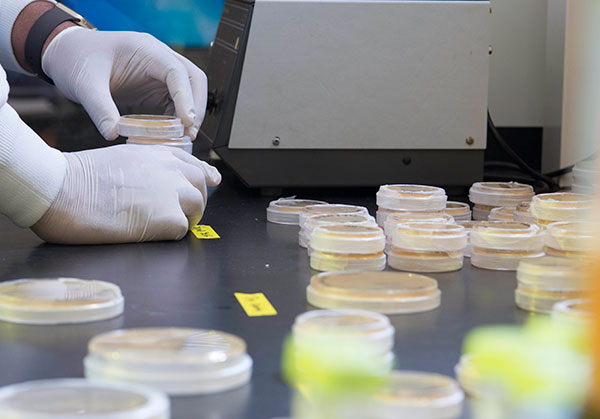Biohazard Research

There are four levels of biohazard safety. Biosafety level 1 (BSL1) is appropriate for work with organisms that are not known to cause diseases. Biosafety level 2 (BLS2) represents work with organisms that cause a modest risk, such as the virus that causes the common cold. Biosafety level 3 (BSL-3) is the designation for work with organisms which cause serious disease but for which vaccines or antibiotics are available, such as rabies or Rocky Mountain spotted fever. Biosafety level 4 (BSL4) is reserved for work with organisms that pose a high risk of transmission of life-threatening disease and for which no vaccines or antibiotics are available.
Questions and comments should be directed to the Laboratory Safety Manager/Biosafety Officer, Rodrick Esaw, MPH, CSP, via email or phone at 470-578-4803.
Email















